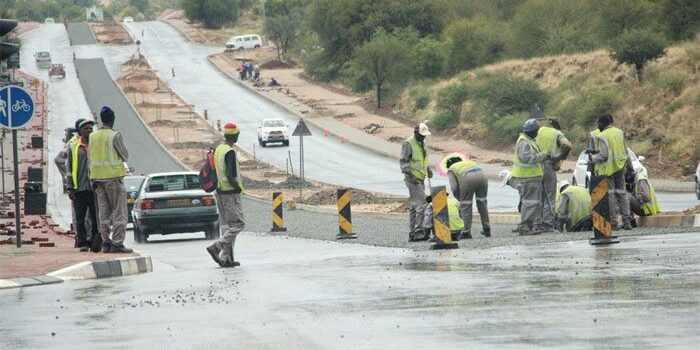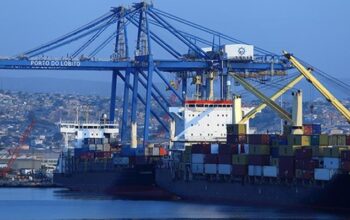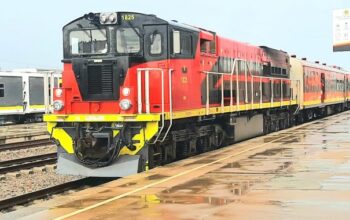Namibia has achieved a significant milestone in its infrastructure development with the inauguration of the Windhoek-Okahandja A1 dual carriageway.
Officially opened by President Nangolo Mbumba, the 71-kilometer stretch, built at a cost of N$2.8 billion, marks a transformative upgrade from its previous B1 classification.
The dual carriageway is expected to drive economic growth, enhance regional trade, and improve transportation safety and efficiency for both citizens and international travelers.
The A1 dual carriageway serves as a vital transportation link, connecting Windhoek to Okahandja and facilitating smoother traffic flow on one of Namibia’s busiest routes.
Previously plagued by congestion—especially during peak hours and holiday seasons—the route saw an average of 4,000 vehicles daily, including heavy trucks and commuter traffic.
President Mbumba emphasized that the new road addresses these challenges, reducing delays and enhancing safety.
“Drivers will no longer face the long wait times and frustrations that were common on this route,” President Mbumba stated, highlighting the project’s impact on improving the travel experience for all road users.
Beyond serving local needs, the dual carriageway strengthens Namibia’s position as a gateway for trade in Southern Africa.
It connects to critical trade routes, including the Windhoek-Luanda and Trans-Kalahari corridors, facilitating the movement of goods between landlocked countries and global markets via the Port of Walvis Bay.
This development supports Namibia’s economic goals and reinforces its role within the Southern African Development Community (SADC).
By improving connectivity, the project aligns with Namibia’s Harambee Prosperity Plan and Vision 2030, frameworks designed to enhance national prosperity and regional integration.
The dual carriageway not only cuts travel time but also boosts Namibia’s reputation as a strategic hub for trade and logistics.
President Mbumba credited former President Hifikepunye Pohamba for initiating the project and late President Hage Geingob for advancing it despite economic hurdles.
Their leadership ensured the project’s realization, exemplifying Namibia’s commitment to long-term development.
He also praised the Roads Authority and its CEO, Conrad Lutombi, for delivering a project that meets international standards, showcasing the effectiveness of collaborative efforts between government entities and contractors.
Namibia’s consistent investment in infrastructure has elevated the country’s global ranking for road quality, making it an attractive destination for investors.
The Windhoek-Okahandja dual carriageway is more than an infrastructure improvement; it is a symbol of Namibia’s strategic vision and resilience.
It highlights the government’s focus on fostering economic growth, regional connectivity, and safer transportation for all.
As Namibia continues to invest in world-class infrastructure, it strengthens its position as a regional leader in trade and development, paving the way for a prosperous future for its citizens and solidifying its role in the economic integration of Southern Africa.




